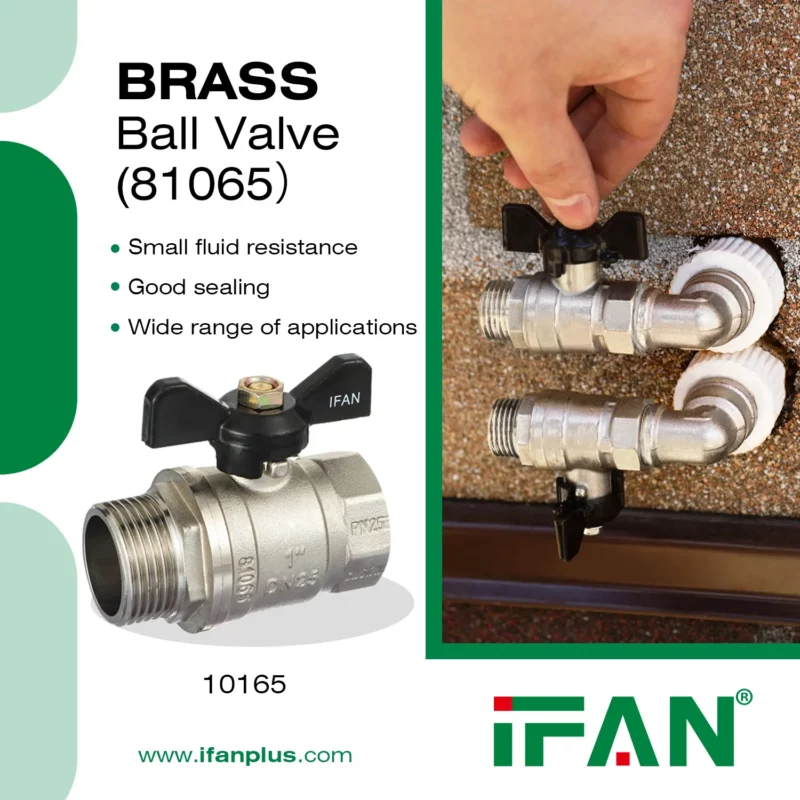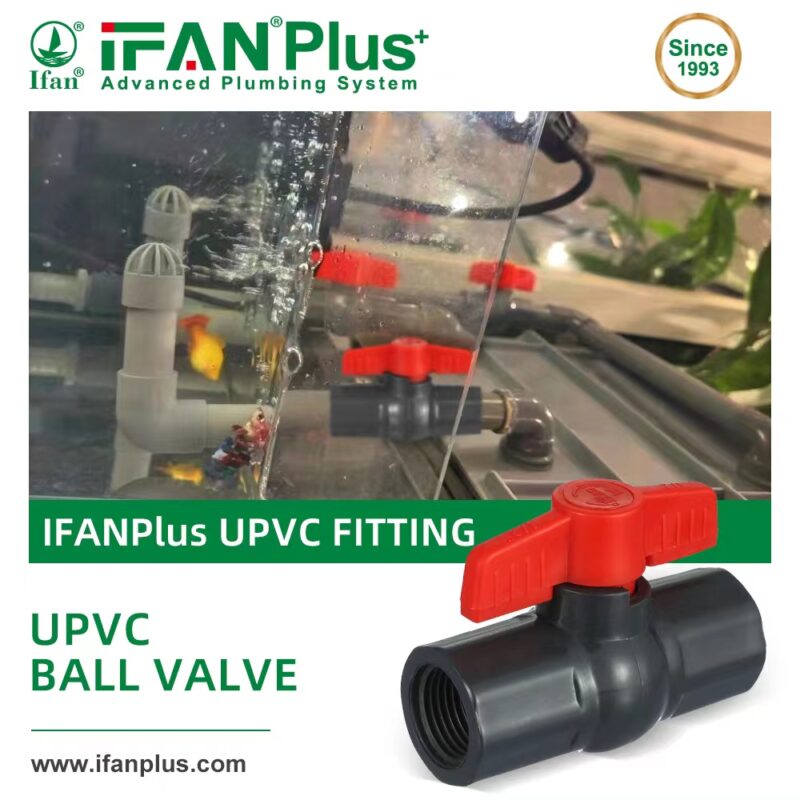Brass mini valves are crucial components in many fluid control systems. Their temperature resistance is a key feature, determining their suitability for various applications. This article explores the temperature performance of brass mini valves, providing a detailed understanding of their capabilities, limitations, and applications.
Material Composition and Temperature Resistance
Brass is an alloy primarily composed of copper and zinc. The proportion of these metals affects the brass’s temperature resistance. Typically, brass can withstand temperatures ranging from -20°C to 120°C (-4°F to 248°F). The exact range can vary depending on the specific brass alloy and valve design.
For instance, common brass alloys such as C36000 or C37700 offer good temperature stability. These alloys maintain their structural integrity and performance within the typical temperature range. However, extreme temperatures may cause brass to weaken or deform, which is crucial to consider in high-temperature applications.
Performance in Hot Water Systems
In hot water systems, brass mini valves must handle elevated temperatures. They are often used in plumbing systems, heating systems, and water supply networks. For example, in residential hot water systems, these valves control the flow of water at temperatures up to 85°C (185°F). The brass’s ability to maintain performance at these temperatures ensures reliable operation and prevents leaks.
Brass mini valves used in such systems must be tested for thermal stability. This includes ensuring that the valve’s seals and internal components do not degrade under prolonged exposure to high temperatures.
Performance in Cold Environments
Brass mini valves also perform well in cold environments. They are used in systems where temperatures can drop significantly. For instance, in refrigeration systems or outdoor water systems, brass valves may be exposed to temperatures below freezing.
Brass’s low thermal expansion rate helps maintain a tight seal and prevents leaks in cold conditions. However, extreme cold can make brass more brittle, which is a consideration in design and application. Ensuring that the valve is designed to handle such conditions is essential for maintaining its longevity and performance.
Impact of Thermal Cycling
Thermal cycling refers to the repeated heating and cooling of materials, which can affect their performance. Brass mini valves are subject to thermal cycling in many applications. For instance, in automotive cooling systems, valves experience frequent temperature fluctuations.
The ability of brass to withstand thermal cycling depends on the alloy and design. Quality brass valves are engineered to handle these fluctuations without significant degradation. Testing for thermal cycling involves assessing the valve’s performance under repeated temperature changes to ensure it remains functional and leak-free.
Comparison with Other Materials
Comparing brass to other materials like stainless steel or plastic can provide context for its temperature resistance. Stainless steel, for example, can handle higher temperatures than brass, often exceeding 300°C (572°F). However, brass offers a good balance of performance and cost, making it suitable for many applications where extreme temperatures are not a concern.
Plastic valves, on the other hand, typically have lower temperature tolerances compared to brass. While plastics might be suitable for low-temperature applications, they can degrade under high temperatures. Brass, therefore, provides a more durable option for moderate to high-temperature applications.
Applications Requiring High Temperature Resistance
In high-temperature applications, such as steam systems or industrial processes, brass mini valves are selected based on their temperature ratings. For example, in a steam system operating at 150°C (302°F), a specially designed brass valve that can handle these temperatures is used. These valves are typically reinforced and tested for high-temperature performance.
Manufacturers may produce brass mini valves with enhanced temperature resistance by modifying the alloy or using additional treatments. This ensures that the valves meet the specific requirements of high-temperature environments.
Applications Requiring Low Temperature Resistance
Brass mini valves are also used in applications requiring low-temperature resistance. In cryogenic systems, for example, valves must operate at temperatures as low as -196°C (-321°F). Standard brass might not be suitable for these extreme conditions, and specialized alloys or materials may be used instead.
In typical outdoor water systems exposed to freezing temperatures, standard brass valves perform adequately. They can withstand the cold without cracking or becoming brittle, provided the temperatures are not excessively low.
Conclusion
Brass mini valves offer a versatile solution for temperature management in various systems. Their temperature resistance is influenced by the alloy composition and design. In hot water systems, they handle elevated temperatures reliably. In cold environments, they maintain functionality and prevent leaks.
While brass performs well across a range of temperatures, it is essential to consider specific application requirements. For extremely high or low temperatures, alternative materials or specialized brass alloys may be necessary. Understanding these factors ensures that brass mini valves are used effectively and reliably in their intended applications.
If you have read this article and have any questions, please feel free to contact IFAN. Below is our contact information:
Whatsapp:+86 13373827623
Email:[email protected]
























































